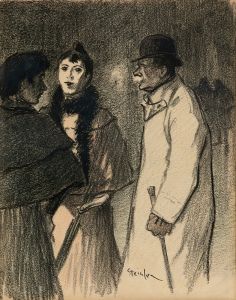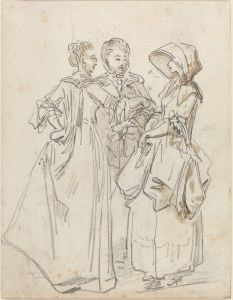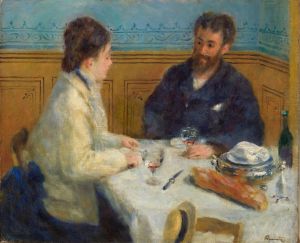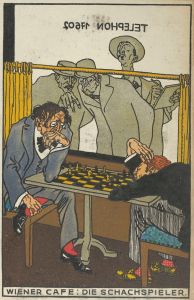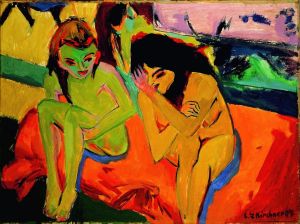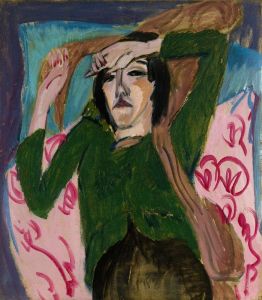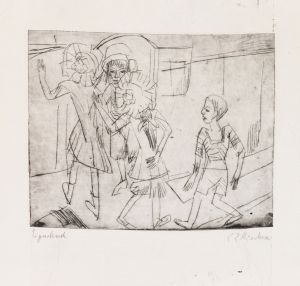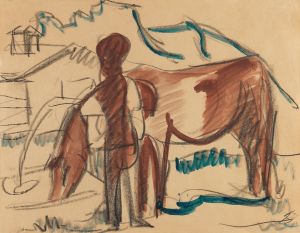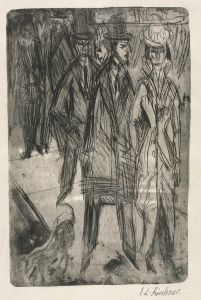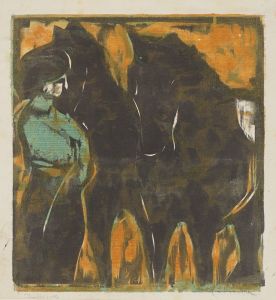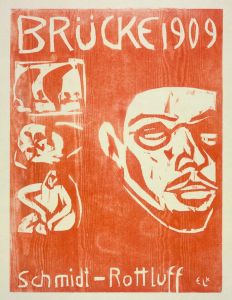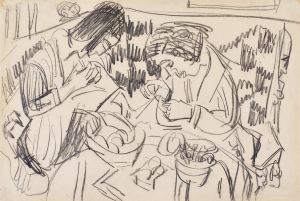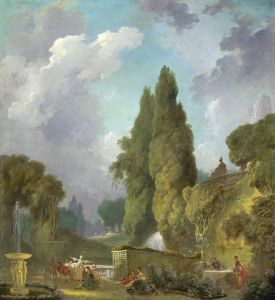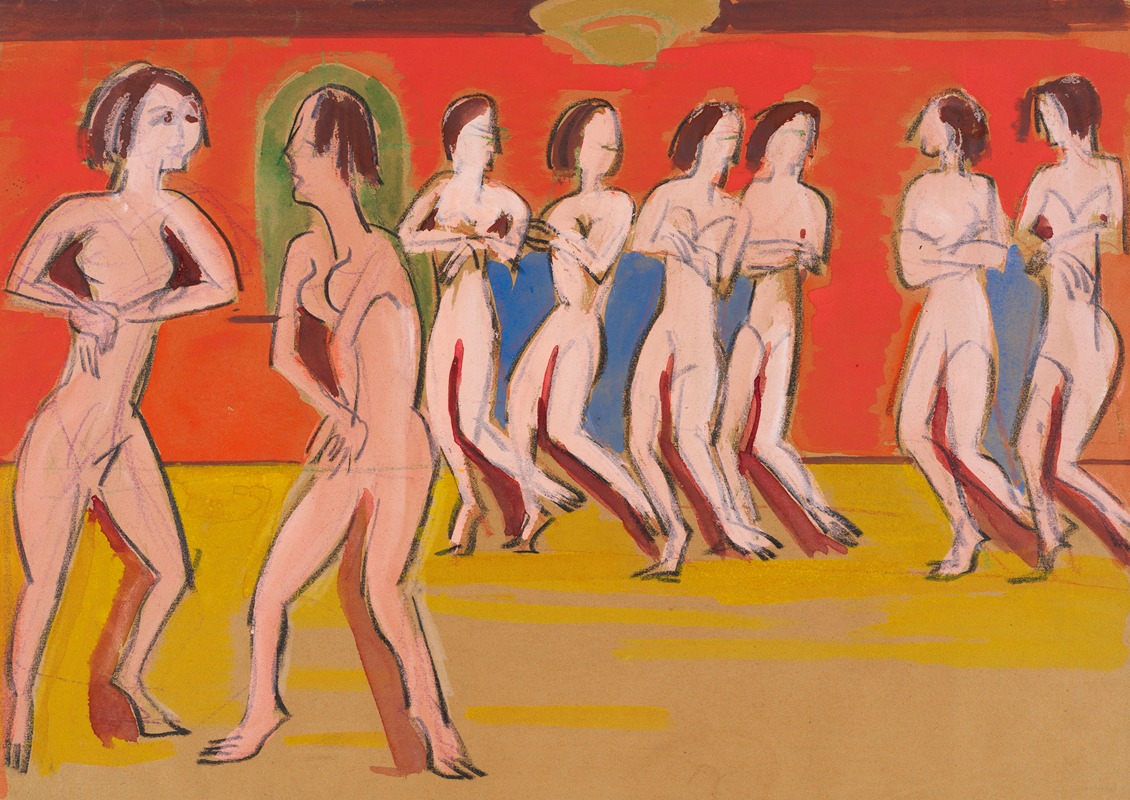
Tanzschule Wigman
A hand-painted replica of Ernst Ludwig Kirchner’s masterpiece Tanzschule Wigman, meticulously crafted by professional artists to capture the true essence of the original. Each piece is created with museum-quality canvas and rare mineral pigments, carefully painted by experienced artists with delicate brushstrokes and rich, layered colors to perfectly recreate the texture of the original artwork. Unlike machine-printed reproductions, this hand-painted version brings the painting to life, infused with the artist’s emotions and skill in every stroke. Whether for personal collection or home decoration, it instantly elevates the artistic atmosphere of any space.
Ernst Ludwig Kirchner, a prominent German expressionist painter and one of the founding members of the art group Die Brücke, created the painting Tanzschule Wigman (translated as "Wigman Dance School") in 1926. This artwork reflects Kirchner's fascination with movement, modernity, and the human form, themes that were central to his artistic practice. The painting captures a scene from the dance school of Mary Wigman, a pioneering figure in modern dance and a key proponent of Ausdruckstanz, or "expressive dance," in Germany during the early 20th century.
Mary Wigman was known for her innovative and emotive approach to dance, which emphasized raw expression and the connection between movement and emotion. Her work broke away from the rigid structures of classical ballet, aligning with the avant-garde movements of the time. Kirchner, who was deeply influenced by the cultural and artistic innovations of his era, found inspiration in Wigman's revolutionary approach to dance. The painting likely reflects his admiration for her ability to convey emotion and energy through physical movement.
In Tanzschule Wigman, Kirchner employs his characteristic bold, angular lines and vibrant colors to depict the dynamic energy of the dancers. The figures are rendered in a stylized manner, emphasizing their gestures and the rhythm of their movements rather than realistic anatomical detail. This approach is consistent with Kirchner's expressionist style, which sought to convey emotional intensity and subjective experience rather than objective reality.
The painting also reflects Kirchner's interest in capturing scenes of contemporary life, particularly those that highlight the intersection of art, culture, and modernity. Dance, as a form of artistic expression, was a recurring theme in his work, and Tanzschule Wigman serves as a testament to his engagement with the cultural currents of his time.
Today, Tanzschule Wigman is considered an important example of Kirchner's later work, showcasing his continued exploration of movement and expression. The painting is housed in the Kunstmuseum Basel in Switzerland, which holds one of the most significant collections of Kirchner's works. It remains a valuable piece for understanding the interplay between visual art and modern dance in the early 20th century, as well as Kirchner's contribution to the expressionist movement.





